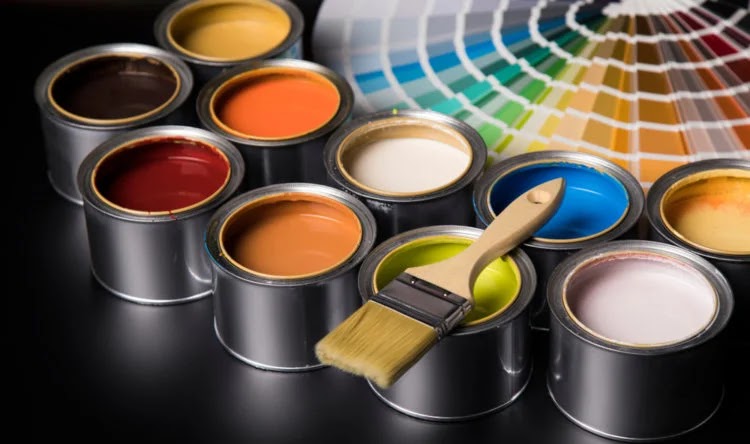Interior wall colour is one of the most important aspects of construction and painting work when it comes to painting your home. As important as painting the outside of the house is choosing the proper colour and shade of colour for the interior walls. It not only keeps the house in good condition, but it also gives it a lovely appearance.
There are six main different types of paints, which can be broadly categorized, that the majority of households choose for their interior walls. These paints are created and provided to wholesalers, retailers, and end users by oil lubricant producers and paint suppliers. The households can choose between matte, semi-gloss, gloss, enamel, emulsion, and distemper depending on their preferences, budget, and desired look and feel.
There are six main types of paint
Painting Matte
The most common type of home interior design wall paint is matte colour. When it comes to walls and ceilings, where one doesn't need any graphics commotion, it is ideal because there is no lustre or shine as the finishing touch. Although it usually requires more than one layer to produce a visually appealing solid colour, it is straightforward and easy to apply. Matte paint works well at hiding wall flaws and can be applied with a brush or roller. It is therefore ideal for old and vintage homes.
Painting in Semi-Gloss
Semi-gloss paint is one of the most widely used interior paints. Nevertheless, a trim area is where it's more frequently applied than actual walls. It creates a tough finish and is suitable for heavy use. Semi-gloss painting is simple to clean, and stains on it are easily removed with a damp cloth. Although there is less shine than with glossy finishes, it is appropriate to coat the walls in a single coat.
Shiny Painting
Gloss paint is equally popular and goal-oriented as matte paint. Gloss paint conceals all wall imperfections and provides respectable, even coverage in just one coat. In addition to interior walls, gloss paints are also used to polish and shine wooden surfaces and furniture.
Acrylic Paint
The primary producers of oil lubricants are those who make enamel paint, which requires a primer coat to hold the paint firmly. Enamel paint is used to layer surfaces that are exposed to heat, temperature, humidity, and smoke. Enamel paint air-dries to a durable, typically glossy finish.
Embossed Paint
For interior walls and ceilings, water-based latex paint makes up the majority of the emulsion. Water is the main solvent used in emulsion paint. The molecular method is used to spread the binder, pigment, and additives in water as a mixing medium. Binders like polymers produce an endless film on the surface. Alkyd resins, epoxies, and acrylic resins are the main types of binder used in emulsion paint.
Displacing Paint
Old-fashioned distemper paint is created with pigment, chalk, and water. It is adhered with either an animal adhesive or casein, a resin made from coagulated milk, which also has adhesive properties. With a standard paintbrush, you can apply this early version of whitewash.
Also Read: IMPORTANT ACCESSORIES THAT MAKES YOUR INTERIOR DECORATION MORE ELEGENT
Thanks For Reading!



.jpg)
0 Comments